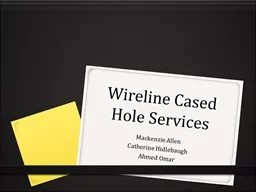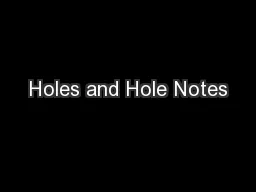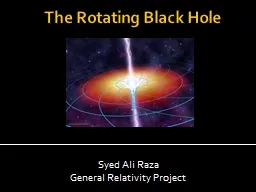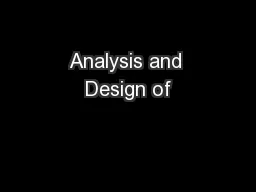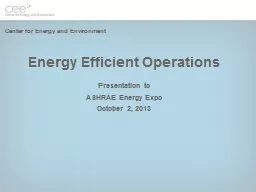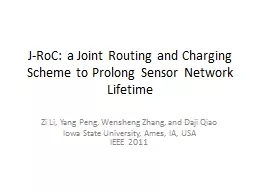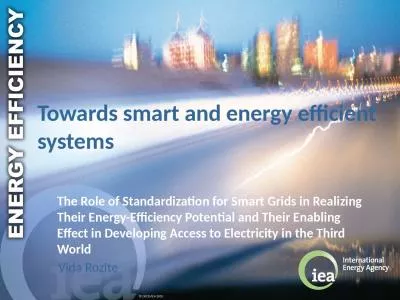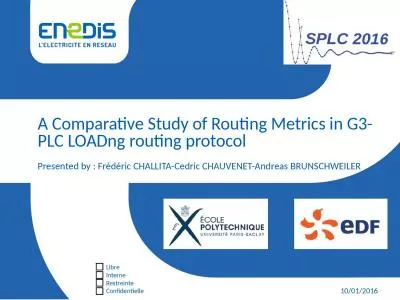PPT-Energy Hole Analysis for Energy Efficient Routing
Author : phoebe-click | Published Date : 2016-06-11
in Body Area Networks K Latif N Javaid Kamran Latif Senior System Analyst National Instit ute of electronics Pakistan PhD Scholar COMSATS Pakistan Presented In
Presentation Embed Code
Download Presentation
Download Presentation The PPT/PDF document "Energy Hole Analysis for Energy Efficien..." is the property of its rightful owner. Permission is granted to download and print the materials on this website for personal, non-commercial use only, and to display it on your personal computer provided you do not modify the materials and that you retain all copyright notices contained in the materials. By downloading content from our website, you accept the terms of this agreement.
Energy Hole Analysis for Energy Efficient Routing: Transcript
Download Rules Of Document
"Energy Hole Analysis for Energy Efficient Routing"The content belongs to its owner. You may download and print it for personal use, without modification, and keep all copyright notices. By downloading, you agree to these terms.
Related Documents



